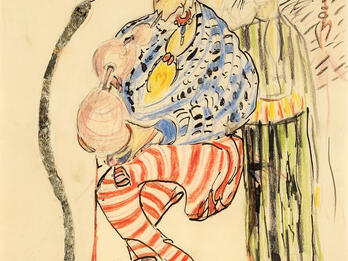The Sleeping Messiah
Henryk Glicenstein
ca. 1911
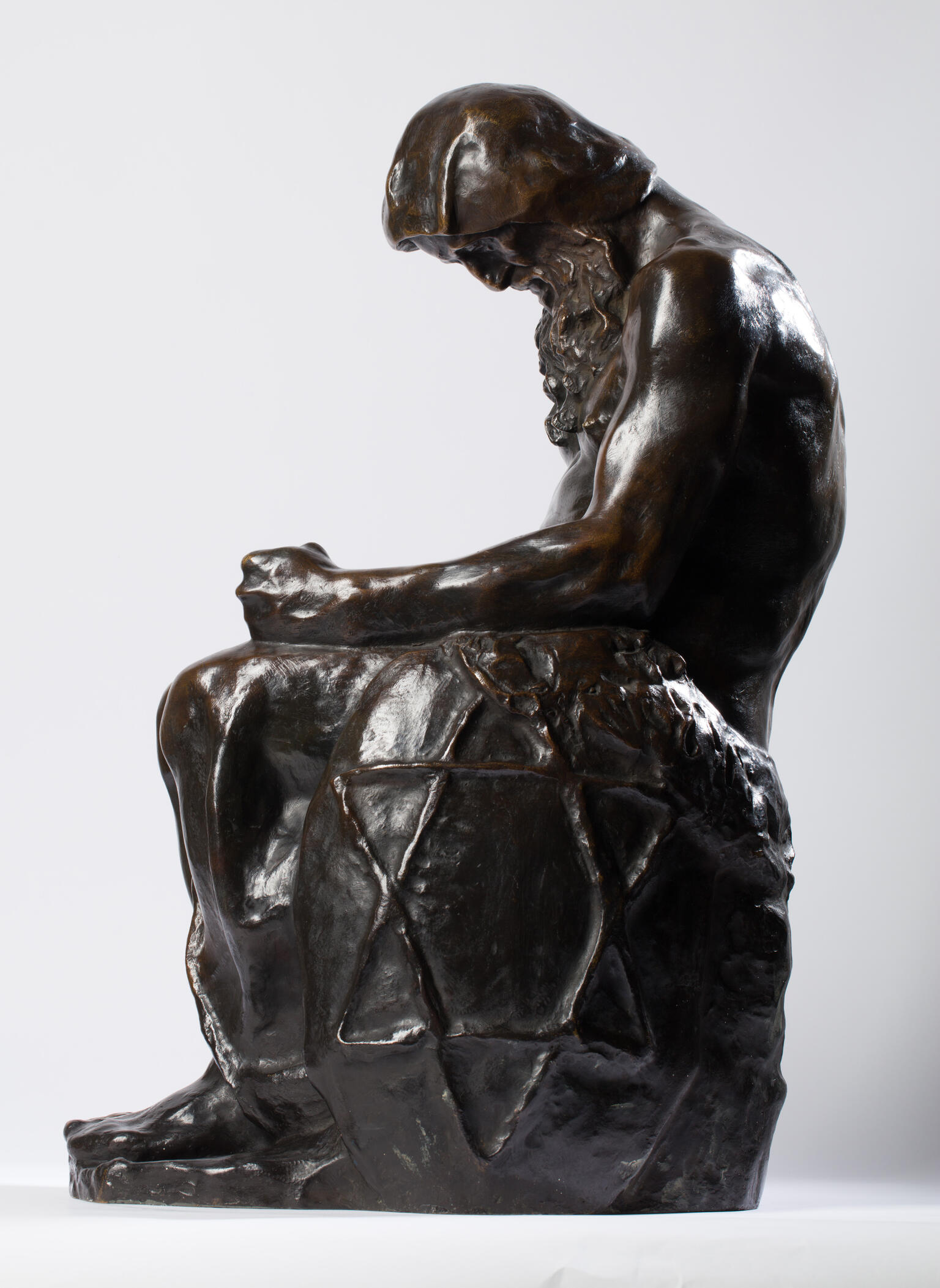
Places:
Creator Bio
Henryk Glicenstein
Born in Turek in the Russian Empire, Henryk (Enrico) Glicenstein was introduced to sculpture early in his life; his father was a tombstone mason. Glicenstein received a yeshiva education but then worked at a handful of trades in Kalish county before arriving in Łódź, where he gravitated toward Leopold Pilichowski and Samuel Hirszenberg, eventually marrying the latter’s daughter. In 1889, Glicenstein enrolled at the Royal Bavarian Academy of Art and the Glyptothek sculpting school, living at the home of Munich’s chief rabbi Joseph Perles. Glicenstein was awarded a Prix de Rome scholarship for his Arion (1895), prompting him to move to Rome, where he assumed the name Enrico and became an Italian citizen and nationally lauded sculptor. He lived and worked throughout Europe, but in 1928 he was compelled to flee to the United States when he would not join the Italian Fascist Party. His son Emanuel became a successful mural artist.
You may also like
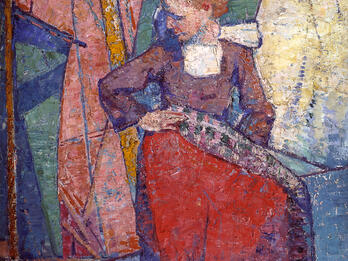
Fisher Girl of Concarneau
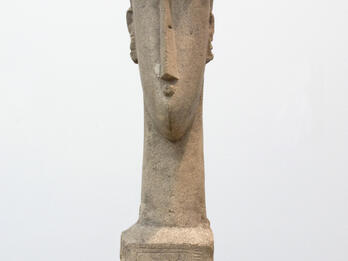
Head of a Woman
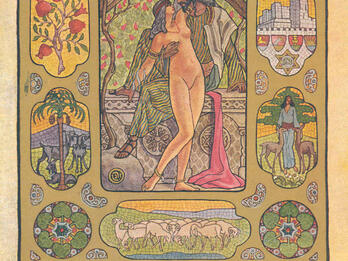
Illustrations to Song of Songs (4:1–6)
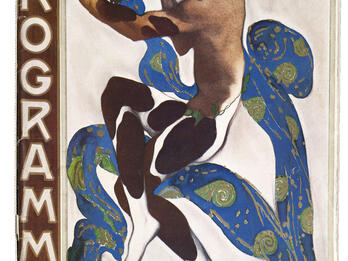
Nijinsky as the Faun
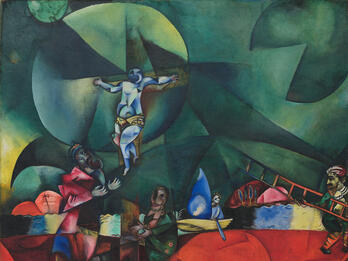
Calvary
